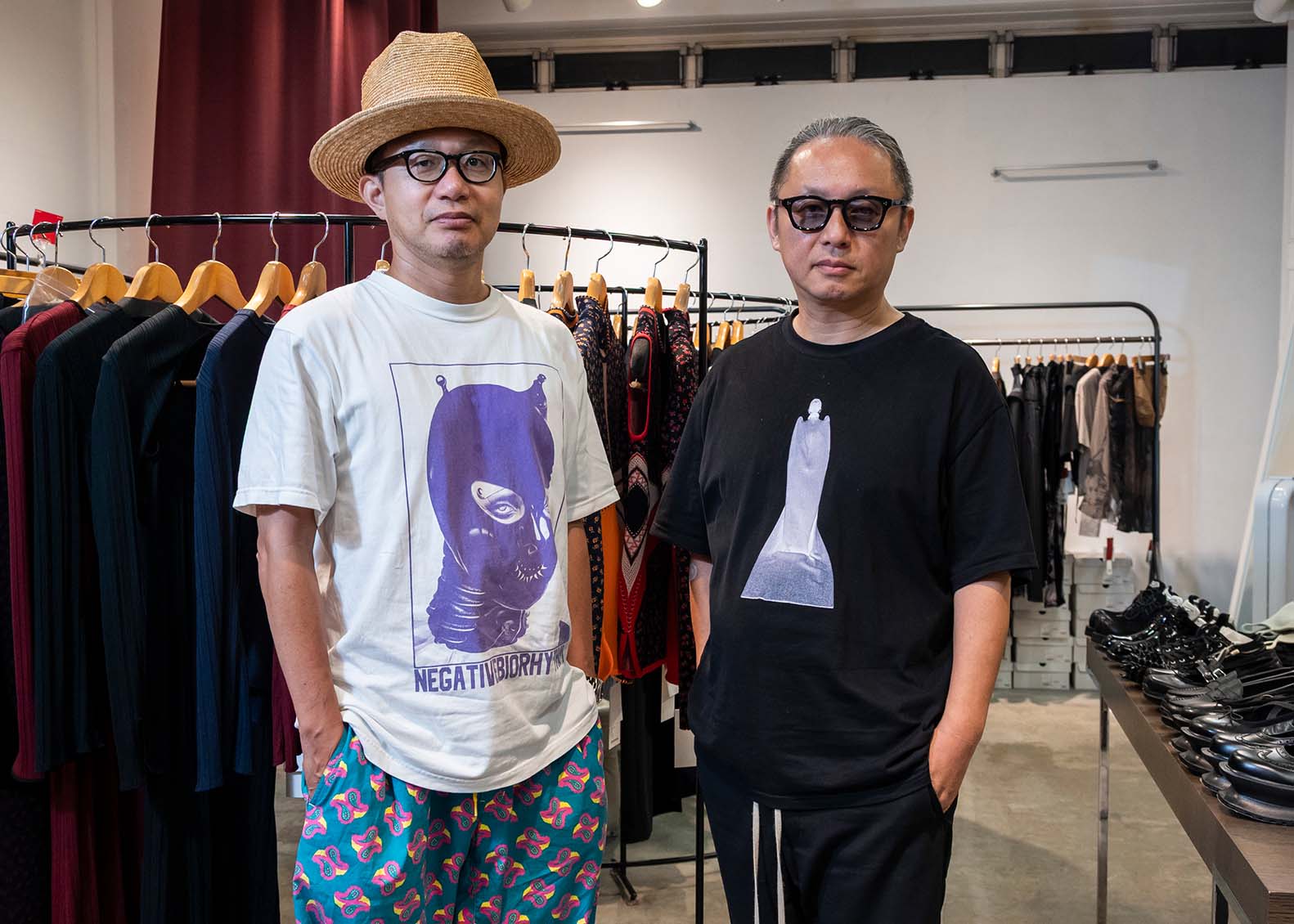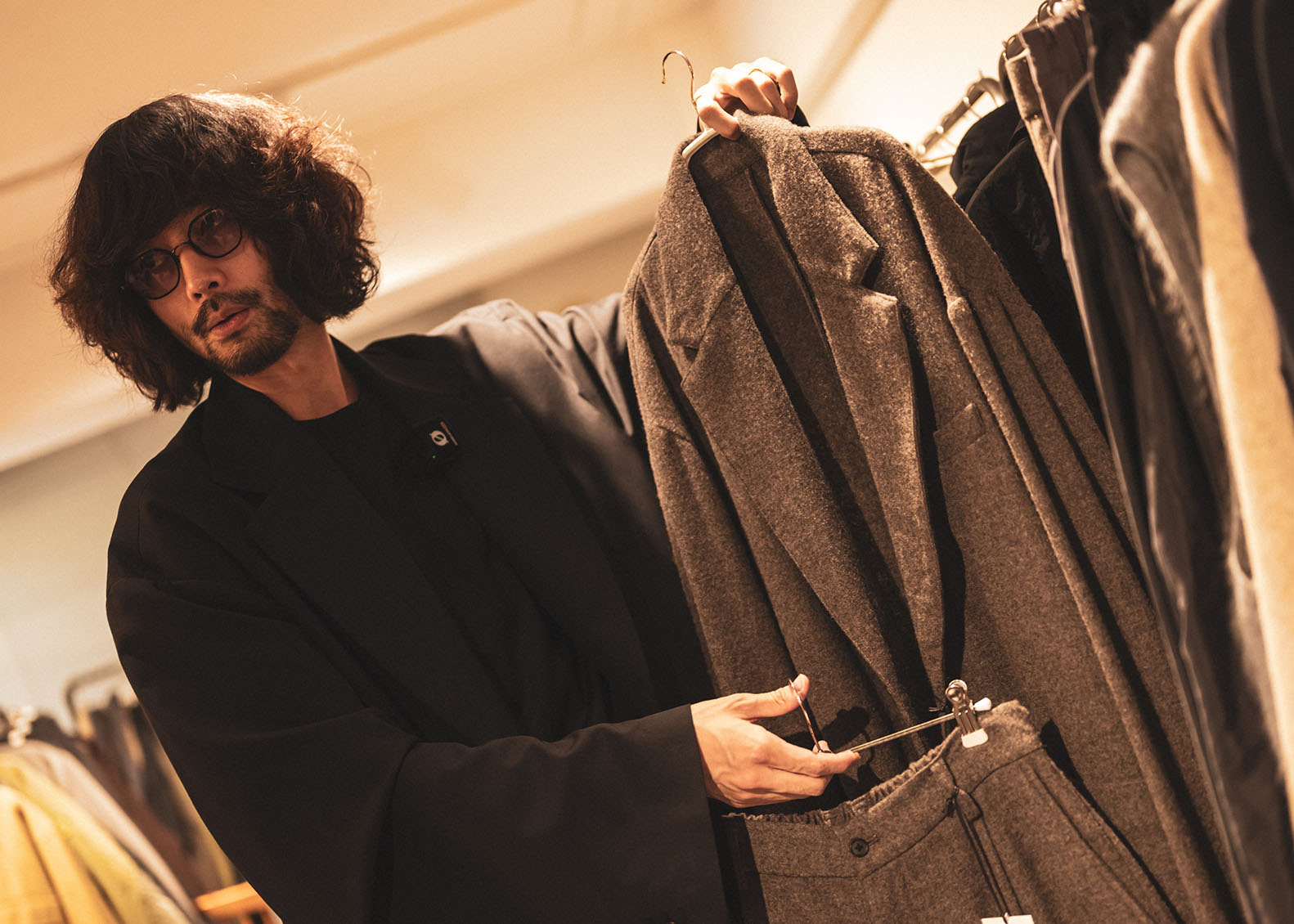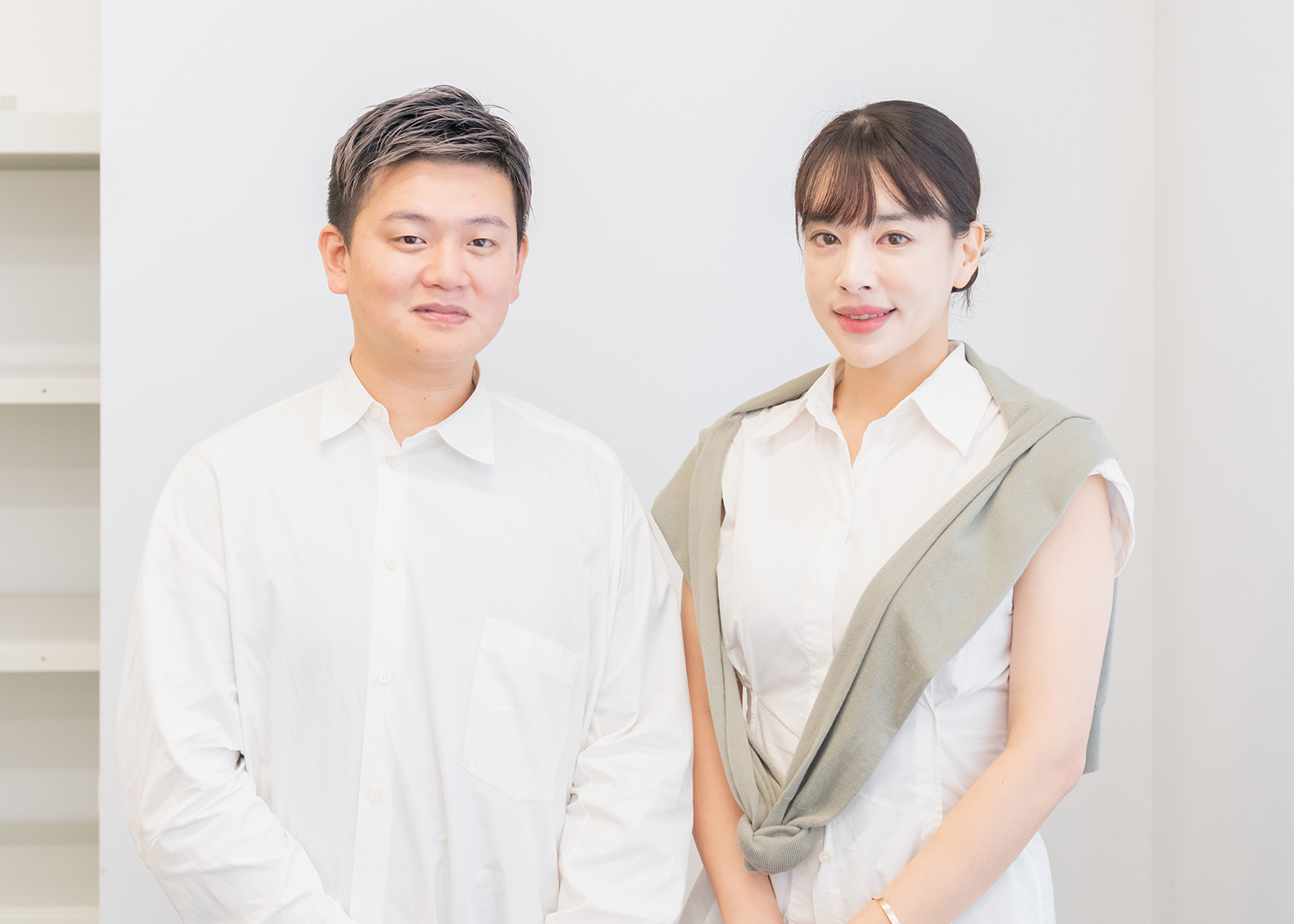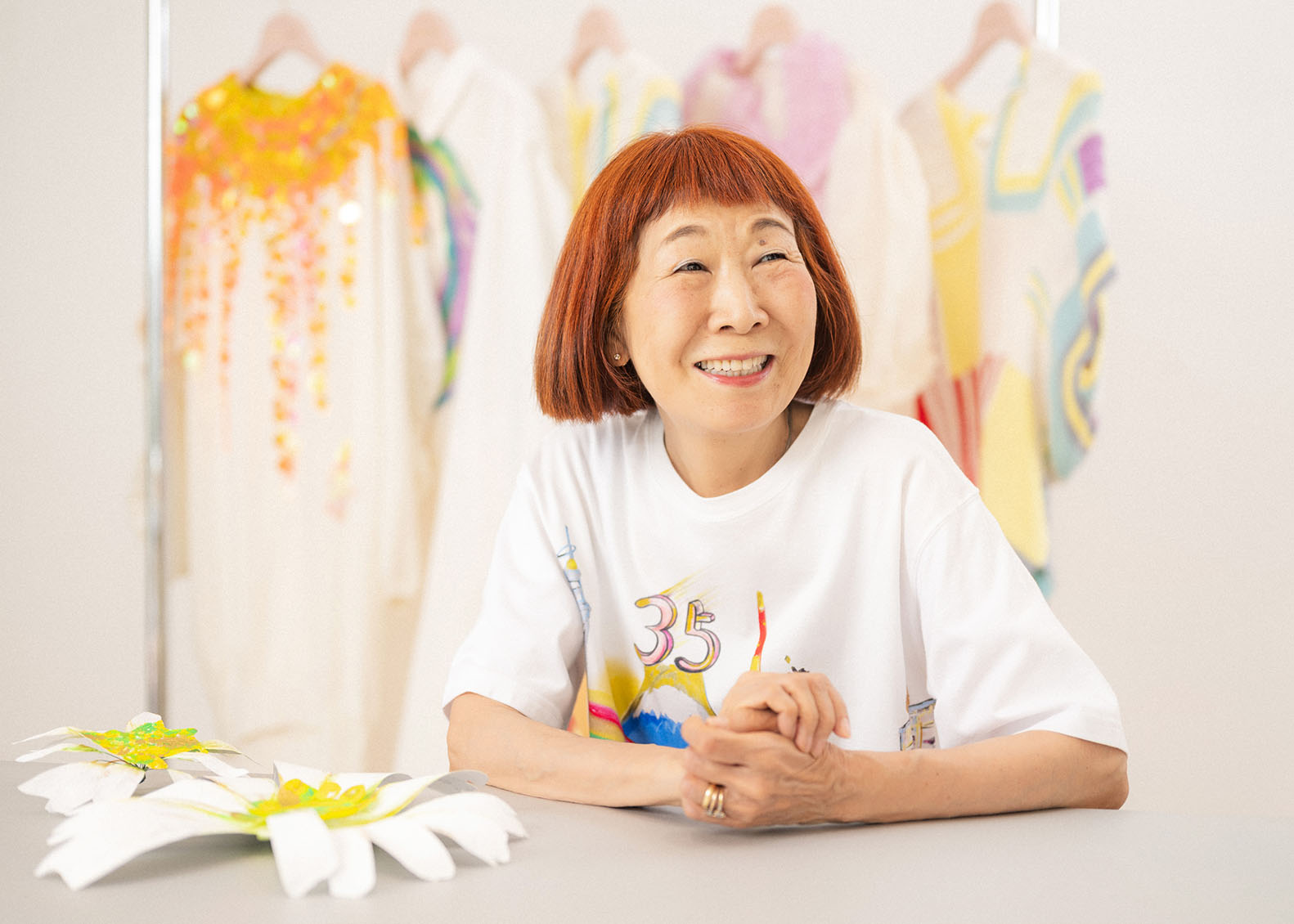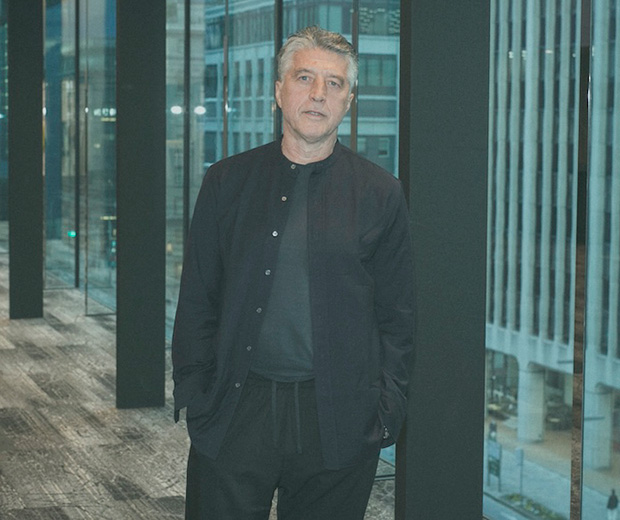Pre-Fashion Week Interview: Takenori Osawa (MIDWEST) x Takuro Ogasawara (Senken Newspaper)
Takuro Ogasawara, one of Japan’s most prominent fashion journalists, travels the globe attending fashion weeks worldwide. Takenori Osawa, known for his keen eye for style, leads the legendary select shop MIDWEST, which showcases domestic brands at various events and has cultivated a devoted following. Continuing the conversation from the 25A/W season, we ask these fashion legends to reflect on the previous season while looking ahead to the brands and industry developments they will be watching this season.
Looking back on the shows you attended during Rakuten Fashion Week TOKYO 2025 A/W, what were your honest impressions?
Osawa: Tokyo’s Fashion Week has a lot of energy. I think it’s unrivaled right now in terms of being the fashion week to showcase the most new designers season after season. You occasionally see new brands in Paris, but hardly ever in Milan, and in London, too, fewer young designers are getting their start than before. In that sense, the scene in Tokyo feels fresh. On the other hand, there is a question about how many of these new brands are working at a level of quality that is up to par. Still, it’s clear that Fashion Week as a whole is generating momentum, and there’s excitement about what will emerge. I wonder why fewer new brands are showing in London these days.
Ogasawara: This is an issue that extends to the fashion industry at large, but in general, fewer young designers are launching their own brands. It’s become more common to join a big company and make a living and a career as a member of a creative team. For instance, Duran Lantink, a rising designer in Paris whom I personally had high hopes for, joined Gaultier this April as its new creative director. I’m not sure if he plans to continue his own brand as well, but you do see a growing trend of designers who spend some years as creative directors for another company, receive a huge bonus when they resign, and then walk away from their careers as designers. This is a problem faced by the fashion world today on a global scale. In Japan, however, there are many designers who launch their own brands after gaining experience at a larger company. Including these designers, there are more people in Japan who want to build a business out of their own brands than in other countries, which is very promising.
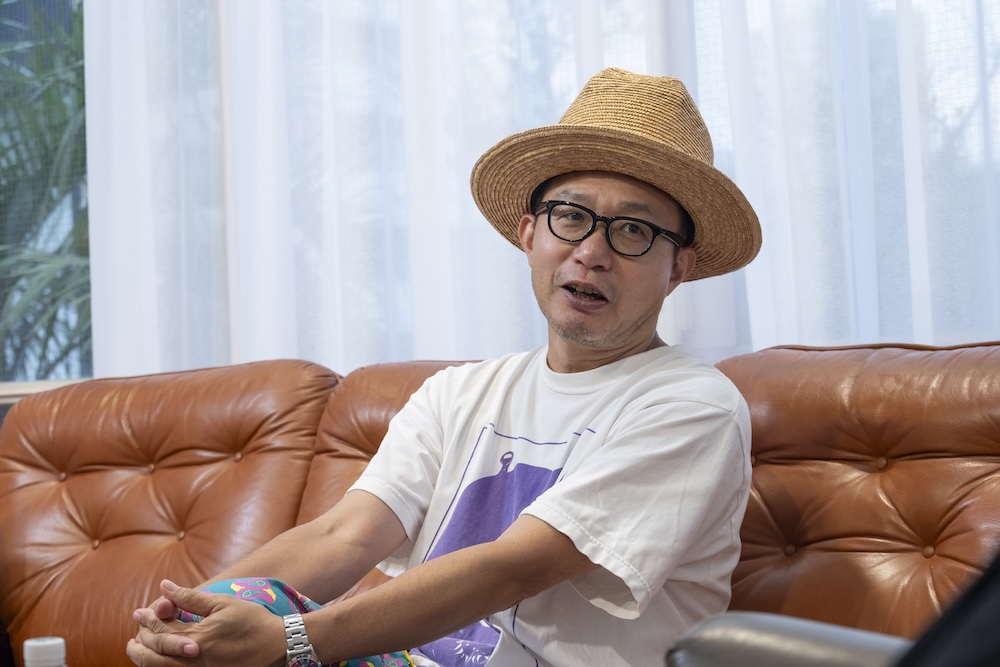
What did you think of the three brands you were most excited about in the lead-up to last season?
Ogasawara: The three I mentioned were Chika Kisada, yoshiokubo, and TELMA. With Chika Kisada, I felt a consistent leveling up in terms of creation, but I’d like to see more of her distinctive rebellious spirit. I was excited to see what yoshiokubo would have for us after having gone all the way to Everest, but the show wasn’t quite what I expected (laughs). At TELMA, the quality really stood out, but if I were to be critical, I’d say I felt some disconnect between their approach to making and showing dresses and the contemporary image of the woman.
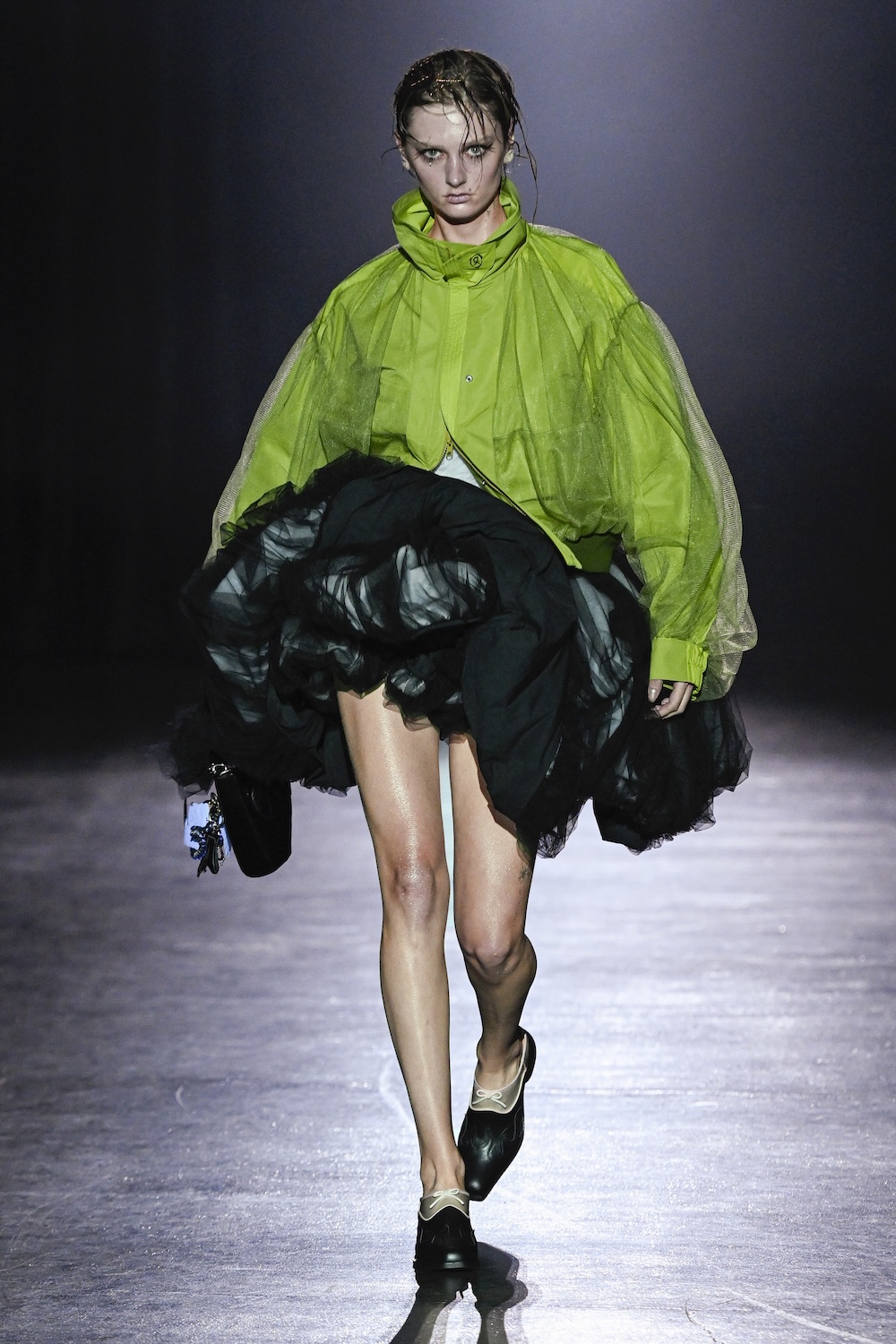
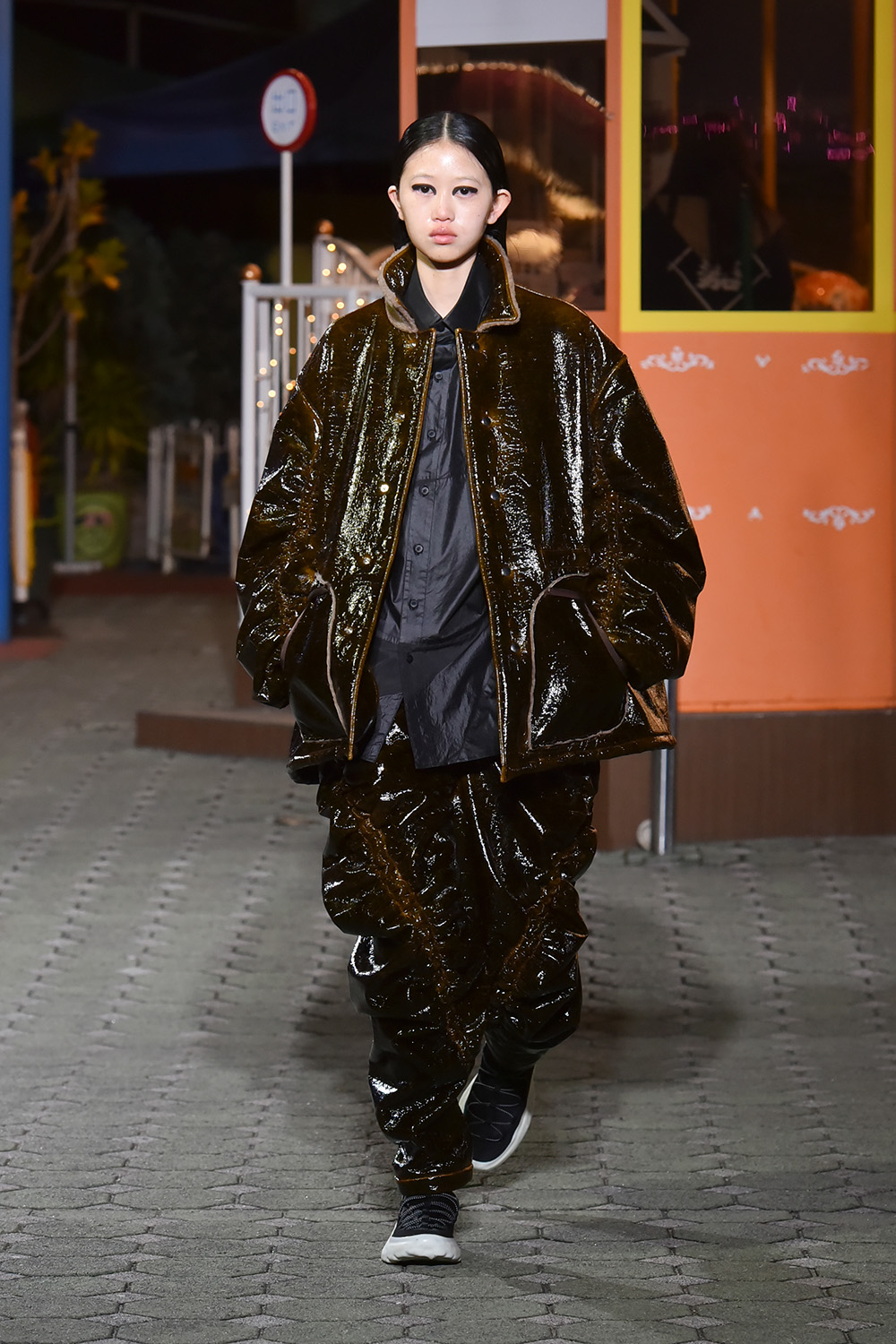
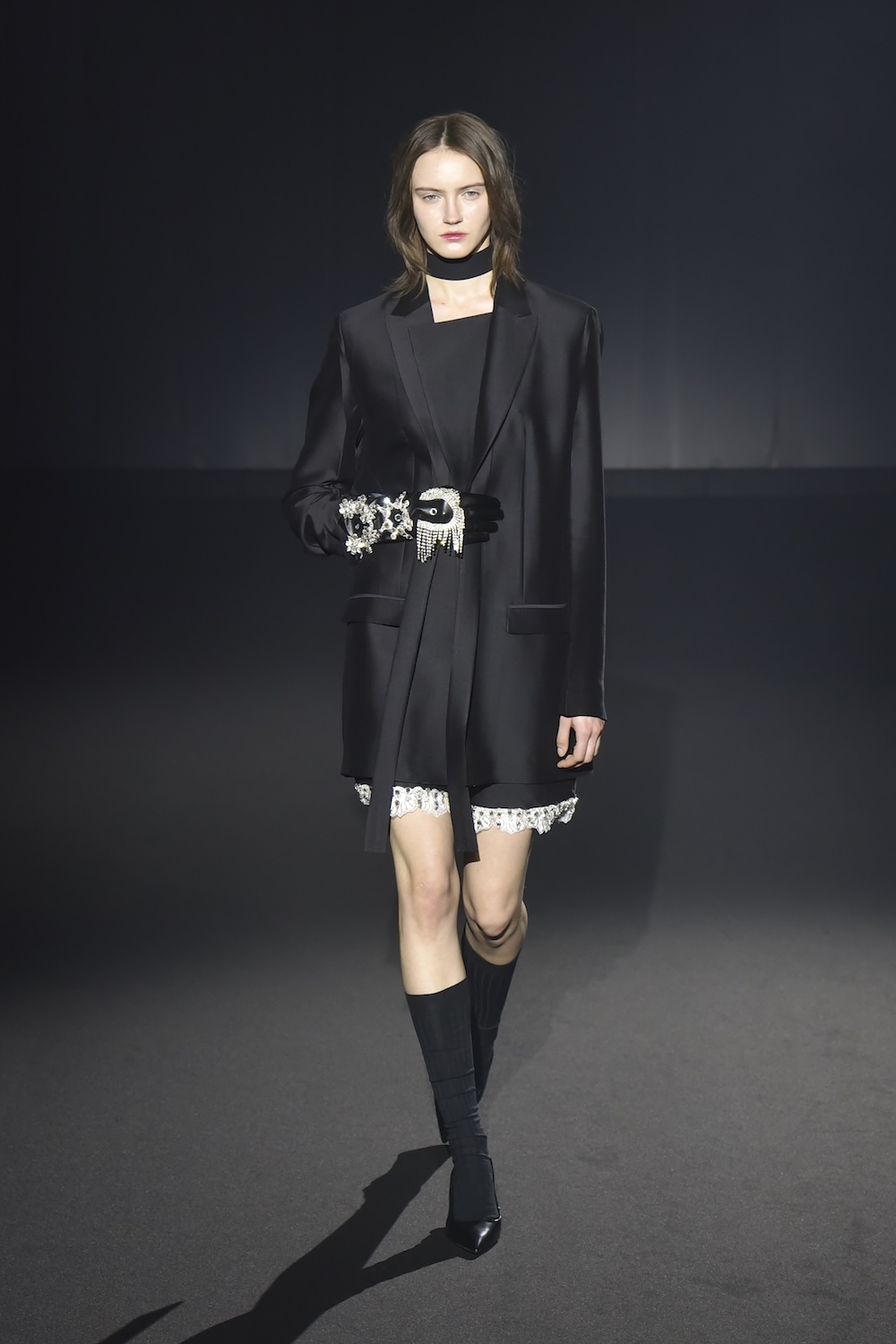
Osawa: For me, they were FETICO, VIVIANO, and Tamme. With FETICO, which will show in the “by R” program for the 26S/S season, the past collection didn’t feel as inventive to me personally. However, the brand is becoming increasingly popular, and I have a feeling that there will be a shift toward something new in the next season, so I’m continuing to keep a close eye on them. The VIVIANO show remained true to the brand’s essence, and their menswear line is doing well in stores; it was a distilled presentation of clothes you’d want to wear, regardless of gender, and I mean that in a positive sense. Tamme is a brand that most effectively communicates in the runway show format, so I hope they’ll keep showing this way. Among other brands I saw last season, RIV NOBUHIKO was another that I hope will do a show.

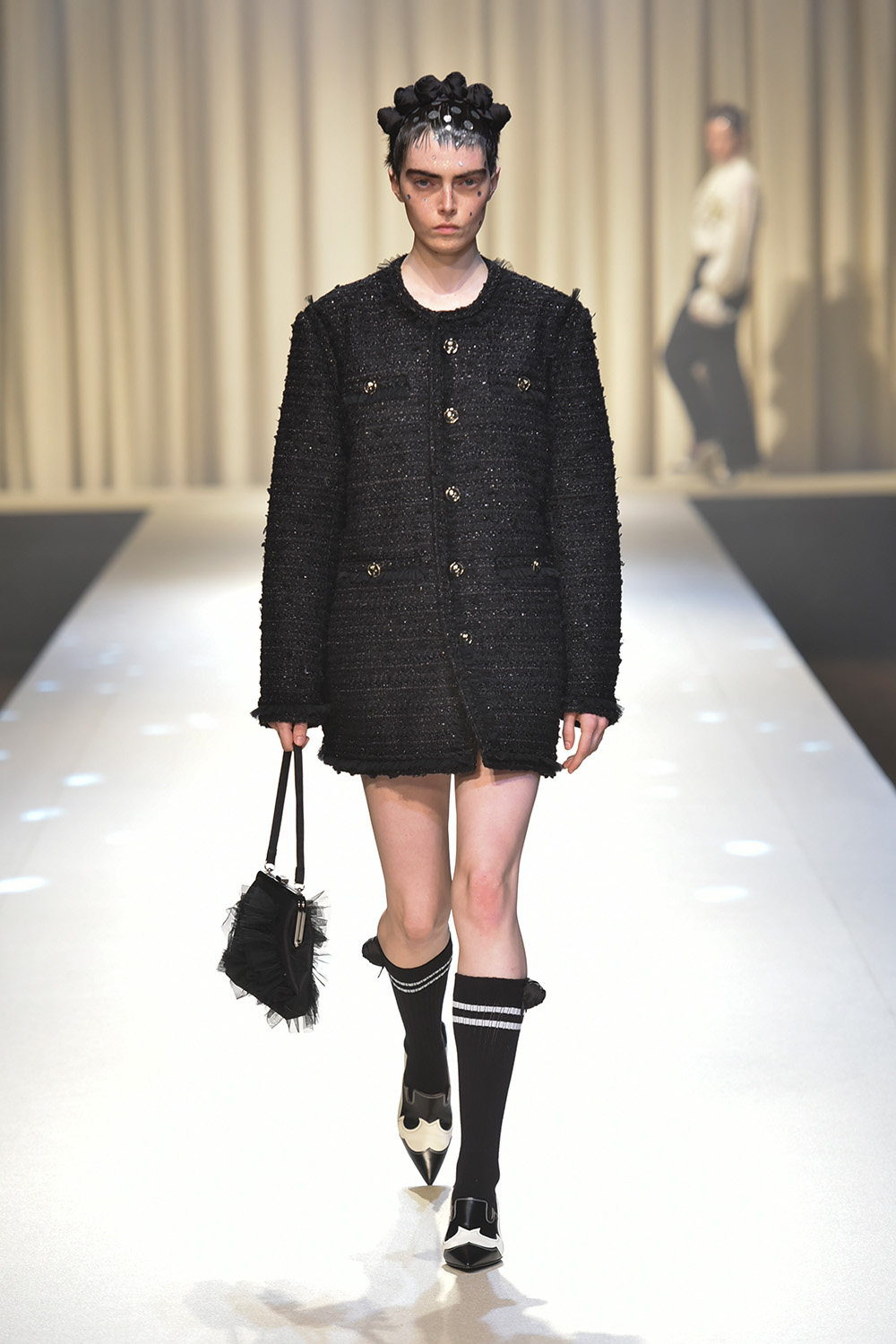
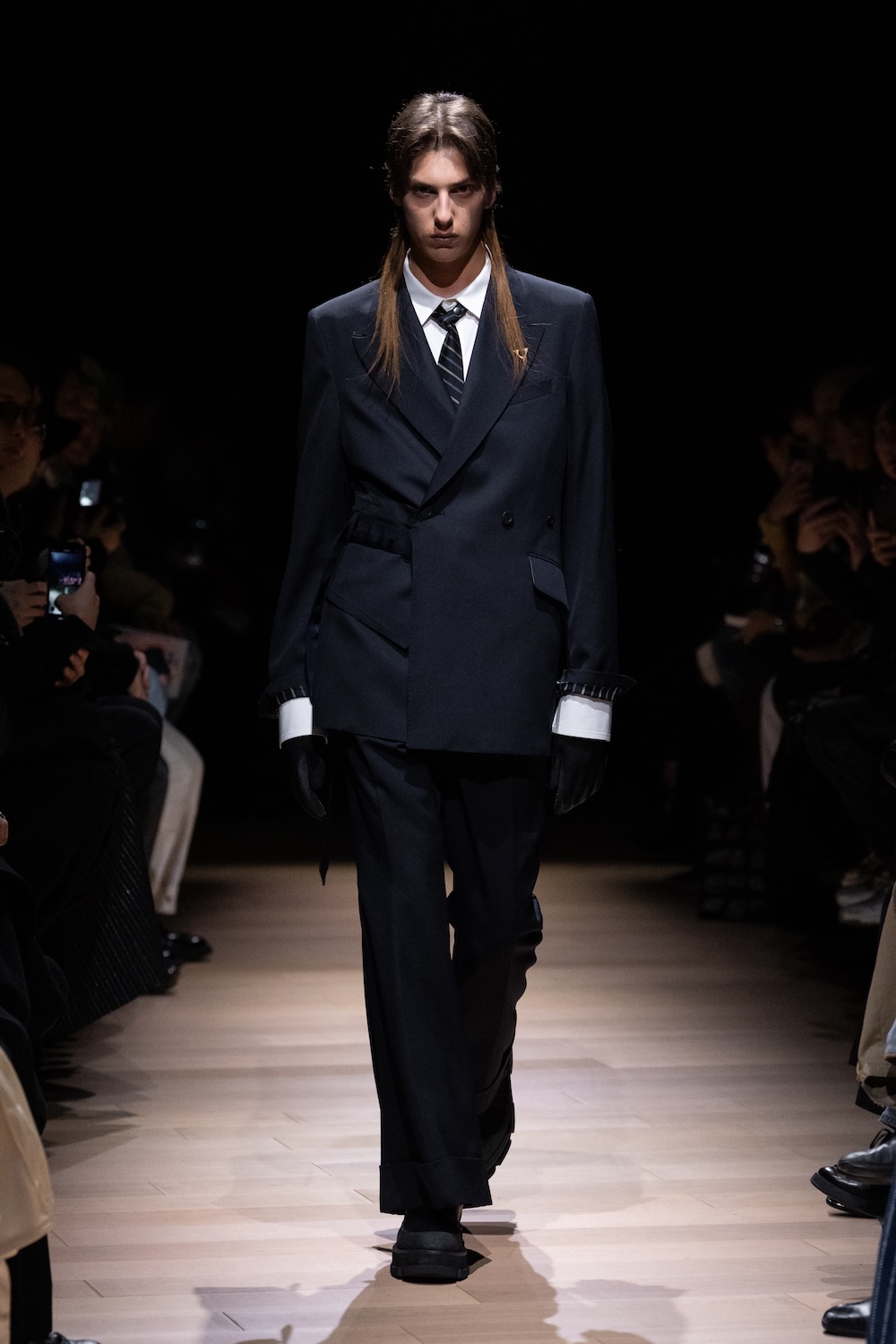
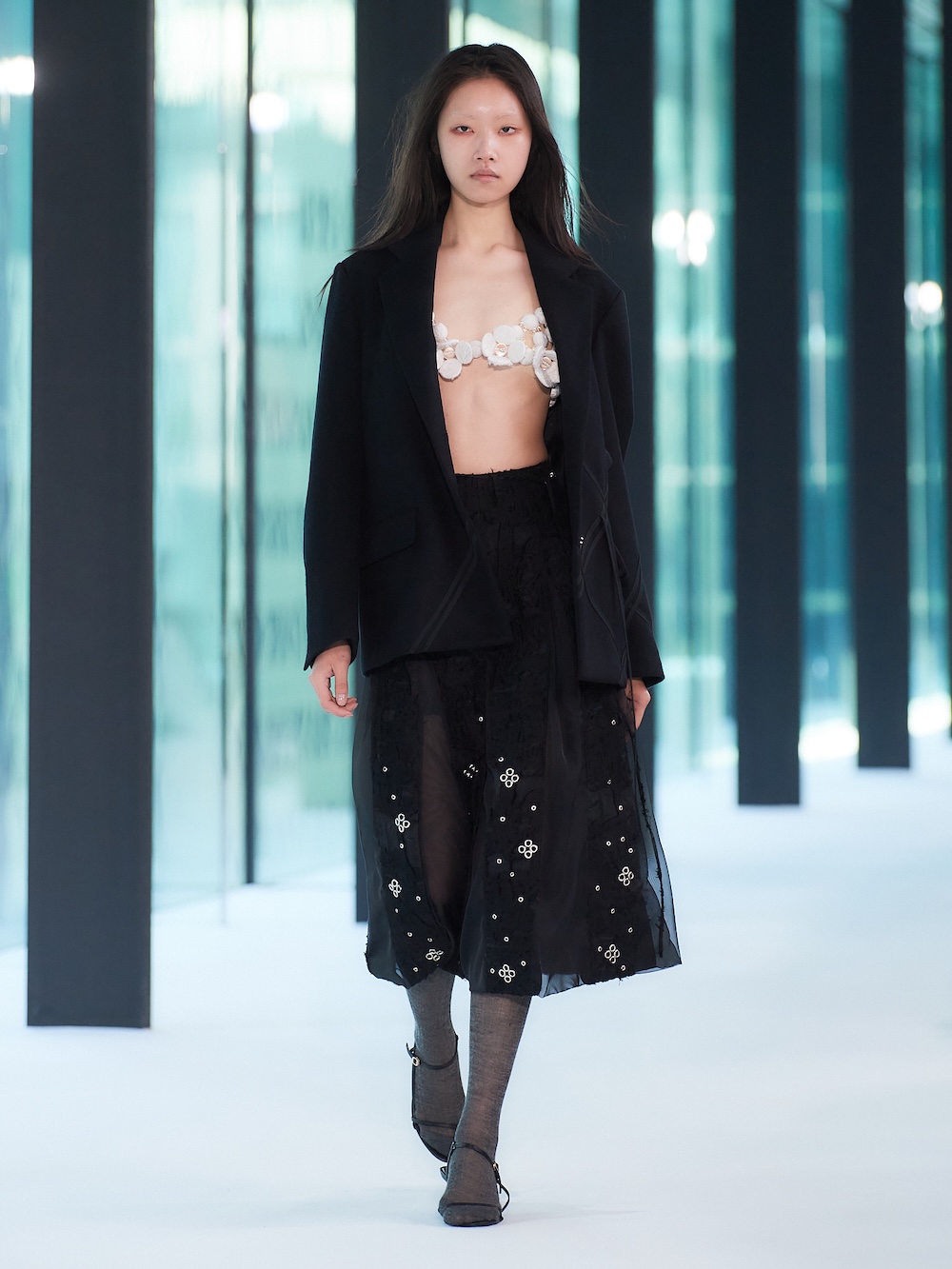
Ogasawara: Tamme’s show was interesting, but I think their creative vision needs more edge. They have a good aesthetic sense, but it would be better if they thought bigger. Unfortunately, it seems they won’t have a runway show this time, but it’s precisely brands like Tamme that I hope will present not only the clothes themselves but a deeper perspective into our present moment.
For FETICO and Chika Kisada, the challenge will be whether they can surpass the beauty of Alaïa, or, alternatively, propose an entirely new balance between the body and the garment. That’s what it will take for them to become globally relevant.
Are there any Japanese brands that have caught your eye recently?
Ogasawara: He’s not a new designer, but Kiminori Morishita, whose exhibition I just attended today. I was impressed by his attention to artisanal techniques on the verge of being lost, and the distinctiveness of his products: for example, an embroidered shirt made by three artisans over many months, priced at 290,000 yen (roughly 2,000 USD). Most people retire at 60, and yet here he is, 61 years old and telling me excitedly that he’s “working on something amazing next!”
What are some ideas to come out of the 26S/S season—domestic or abroad—that you’re excited about?
Ogasawara: I was struck by the freshness of expressions that didn’t strive for a perfect balance—expressed by one designer in the form of intimates—a kind of elegance that isn’t complete. There were many brands for whom innerwear was a keyword, and I was intrigued to see designs similar to the traditional Japanese momohiki (close-fitting trousers) being styled underneath shorts. This was on display even at brands like The Row, which creates elegant, beautiful things, or at SETCHU, where washable cashmere boxer shorts were visible beneath low-slung bottoms. I was drawn to the sense of intimacy created through the inclusion of roomwear and innerwear.
Osawa: For me, doublet. in Paris was the most memorable of the season. They did a similar show in Japan once too, but it was amazing to see them pull it off again, this time in Paris and with even more power… I imagine this show will earn them even higher regard among international buyers and journalists.
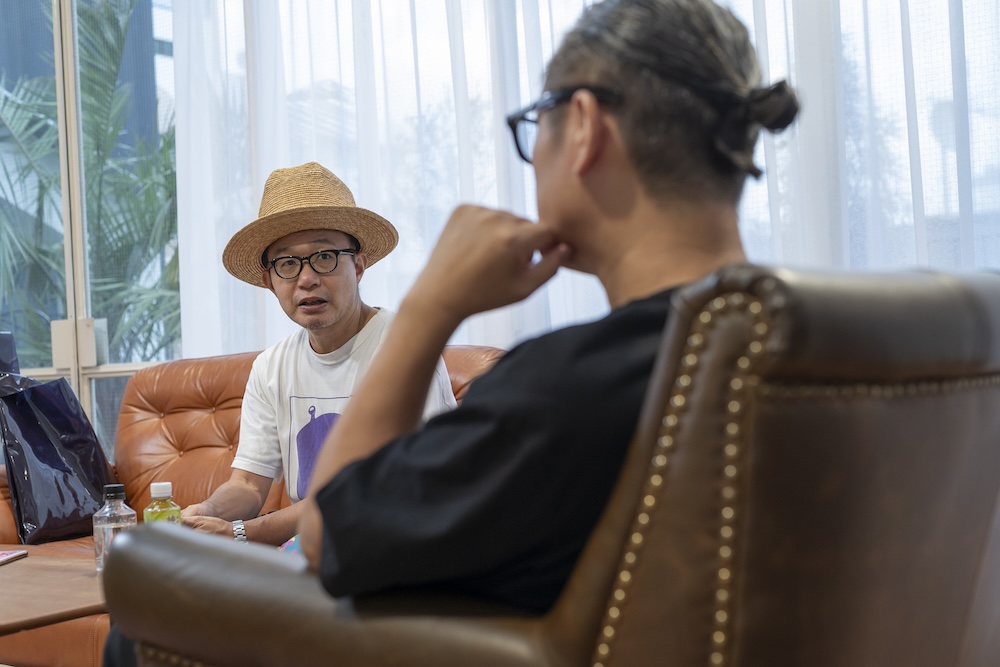
Of the brands participating in Rakuten Fashion Week TOKYO 26S/S, which do you have the highest hopes for?
Ogasawara: First, HARUNOBUMURATA. I’d actually been fairly critical of them until now.I’d wondered if they just aspired to the kind of designs of The Row or Jil Sander, but their show last season felt like it had a distinct voice and changed my view of the brand. I look forward to seeing what kind of collection they have in store for us this season. Then, as I mentioned earlier, I’m excited to see new developments from Chika Kisada and FETICO, which need to create designs that resonate globally.

Osawa: For me, it’s mukcyen, a brand I helped choose as one of the prize jurors; Chika Kisada, which we stock at MIDWEST; and HUMMEL 00, led by designer Masanori Morikawa, who I think always has his finger on the pulse of our times.
Osawa-san, this year you served on the selection committee for the NEXT BRAND AWARD, hosted by JFW. How was your experience?
Osawa: It was my first time on a selection committee, and I learned a lot from the process and the passion of the designers who applied. I’d also add that I hope more designers apply in the future.
How did you approach the selection process?
Osawa: I evaluated brands based on whether they were doing something that would resonate internationally, but also whether they had a unique perspective that designers abroad wouldn’t have. This year’s winner, mukcyen, is a brand we’ve carried since their first season. If they continue to prioritize their designer’s originality and way of seeing the world, I think they can grow into an international brand. There is the issue of sizing, of course, but I actually feel like they might even have more success outside of Japan. Japanese customers often buy because they like a designer and want to support them, but customers from abroad have a more instinctive approach—they’ll simply say, “Wow, I’ve never seen anything like this before!” and stop to pick it up.
What brands stocked by MIDWEST are popular with international customers?
Osawa: Besides mukcyen, I’d say Chika Kisada, ODAKHA, and tanakadaisuke. Though we don’t stock them yet, pillings is another brand whose originality I was struck by last season. Recently, we held an event with TAAKK in our Tokyo location, and the reception was very strong, including to their just-launched women’s line. Many people were charmed by their use of materials and techniques, and the full-price sell-through rate is very high. The designer has a strong message he wants to convey, and at the show in Paris too, there were so many international buyers it was actually hard to spot the buyers from Japan! The brand has been sharing a lot on RED—the Instagram of China—and I think it’s because they are both continuing to do what they’ve always done and, at the same time, taking on new challenges, that they’re doing so well.
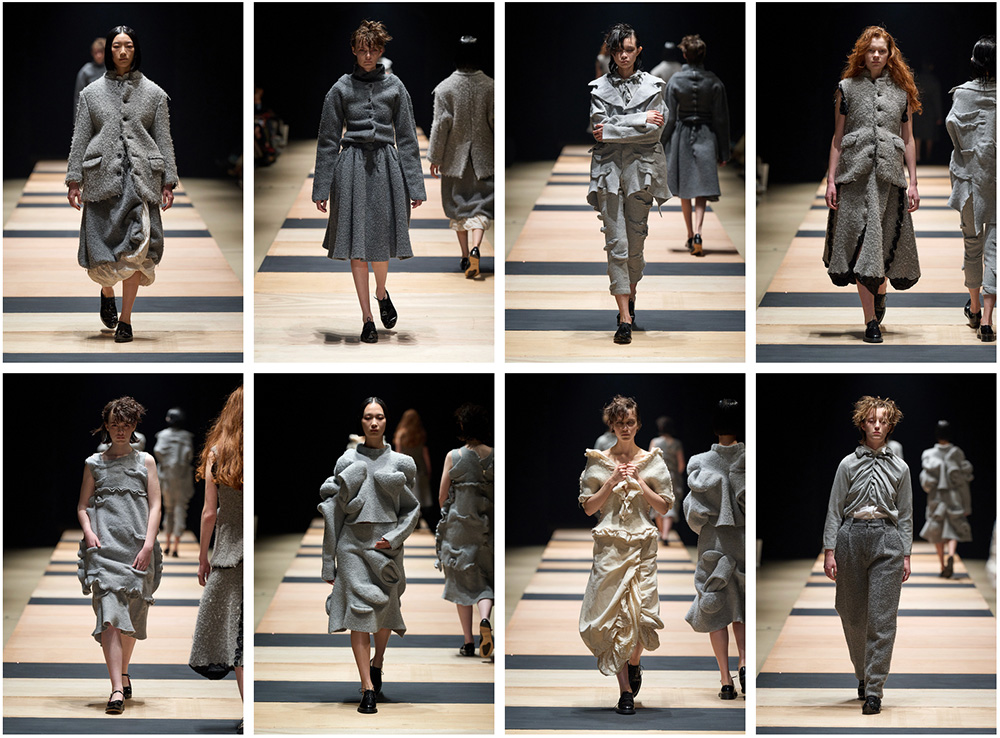
From your perspective, Osawa-san, what should Japanese brands be thinking about now?
Osawa: As inflation continues, many Japanese brands have raised the prices of their products, but there is also a growing number of customers passionate about buying quality things. It’s part of our job to convey this quality in stores, of course, but I would love it if designers also came to the store and engaged in direct communication with customers. Also, given how much the climate has already changed, the timing of deliveries is something brands should consider as part of their product merchandising. It’s very difficult in our current conditions to launch A/W with outerwear in June or July; meanwhile, things like t-shirts or bags and accessories move very quickly. If brands approach this from the perspective of consumers, they could see positive developments as a business—for example, it would be perfectly fine to have a thoughtfully designed sweater or down vest that arrives in stores in December, just like how an item that can be worn immediately, but in next season’s color, would do very well.
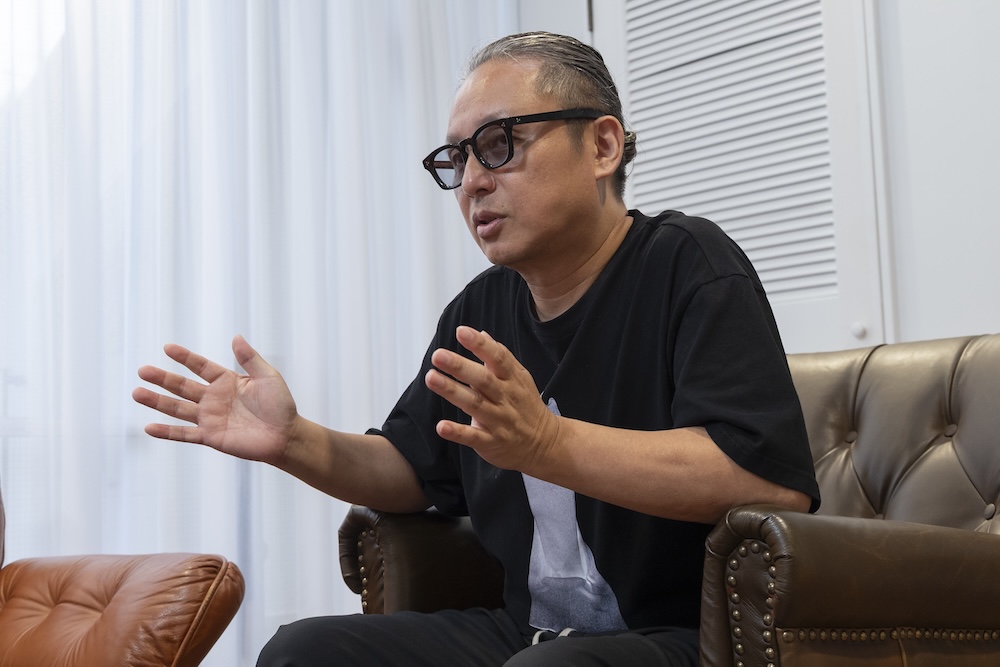
President and CEO, Fashion Core Midwest Inc.
Born on May 10, 1968.
He is the second generation president of MIDWEST, a select store that has been in business for 48 years.
With stores in Tokyo, Nagoya, and Osaka, he has been buying domestically and internationally, as well as conducting unique special orders and events through exchanges with designers.
Takuro Ogasawara
Born in Aichi Prefecture in 1966. He joined Senken Shimbun, a fashion business newspaper, in 1992, and has covered men's collections in Europe since 1995, and women's collections in Europe and New York since 2002.
He has seen more than 15,000 fashion shows, making him the fashion journalist who has seen the most fashion shows in Japan. His critiques, born from the aesthetic eye he has cultivated over the course of his career, have earned him a high level of trust from readers.
Takenori Osawa
[ Instagram ] https://www.instagram.com/takenoriosawa/
MIDWEST
[ Website ] https://store-midwest.com/
[ Instagram ] https://www.instagram.com/midwest_official/
Takuro Ogasawara
[ Instagram ] https://www.instagram.com/takuroogasawara/

